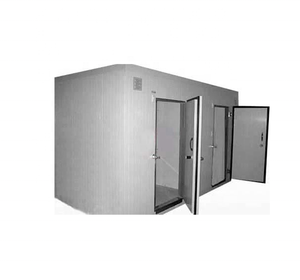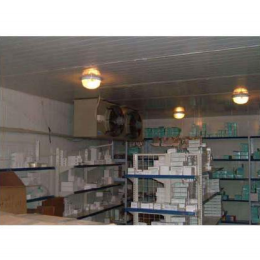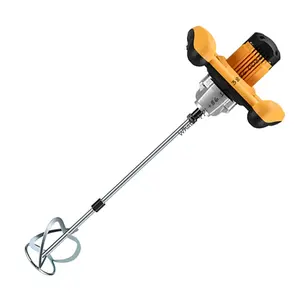Popular in your industry




















































































































































































































Top categories
About freezing warehouse
A freezing warehouse is a specialized facility designed for the storage of perishable goods at extremely low temperatures, typically below -20 degrees Celsius. It consists of insulated spaces equipped with cooling systems, such as industrial freezers, to create and maintain the required low temperatures. These freezing warehouses play a crucial role in preserving the quality and extending the shelf life of various products, including frozen foods, pharmaceuticals, and biological samples, by inhibiting the growth of microorganisms and slowing down chemical reactions that lead to spoilage. The freezer storage warehouse is also known as a warehouse freezer storage and deep freezer warehouse.
Types of Freezing Warehouses
There are several types of freezing warehouses, each tailored to specific temperature requirements and storage needs. Conventional freezing warehouses are the most common and feature a single, consistent low temperature throughout the facility. These warehouses are suitable for storing a wide range of frozen products, from fruits and vegetables to seafood and meat. Blast freezing warehouses are designed to rapidly freeze products by circulating cold air at high velocities, significantly reducing the time required for freezing. This type is often used for time-sensitive items and in industries where quick freezing is critical, such as in the seafood and bakery sectors. Some specialized freezing warehouses, such as cryogenic freezing facilities, utilize ultra-low temperatures achieved through the use of liquid nitrogen or carbon dioxide to freeze products rapidly. These extreme low-temperature environments are ideal for preserving the quality of delicate or high-value items, like pharmaceuticals, biological samples, and specific food products.
Benefits of Freezing Warehouses
Freezer warehouses offer several benefits to businesses involved in the storage and distribution of perishable goods. One of the primary advantages is the ability to extend the shelf life of products by maintaining them at stable, low temperatures. This preservation of quality not only reduces food waste but also allows for better inventory management, ensuring a continuous supply of frozen goods. Additionally, freezing warehouses provide flexibility in production and distribution schedules by enabling the storage of products during periods of low demand and their release when needed. These facilities are also instrumental in meeting strict regulatory requirements for food safety and quality control, as they create a controlled environment that minimizes the risk of contamination and spoilage.
Key Considerations for Freezing Warehouse Operation
Operating a freezing warehouse requires careful planning and adherence to specific guidelines to ensure the optimal preservation and safety of stored products. Efficient temperature management is critical in a freezer warehouse storage facility to maintain the desired low temperatures consistently. Regular monitoring and calibration of the cooling systems, as well as the use of temperature mapping, help identify and address any potential hotspots or fluctuations that could compromise the integrity of the stored goods. Proper inventory management practices, such as the implementation of first-in, first-out (FIFO) systems, are essential to prevent issues like product degradation and freezer burn. Moreover, compliance with industry regulations and food safety standards is paramount in the operation of a freezing warehouse. This includes maintaining detailed records, conducting routine inspections, and implementing robust sanitation protocols to uphold the highest standards of quality and hygiene.




















































